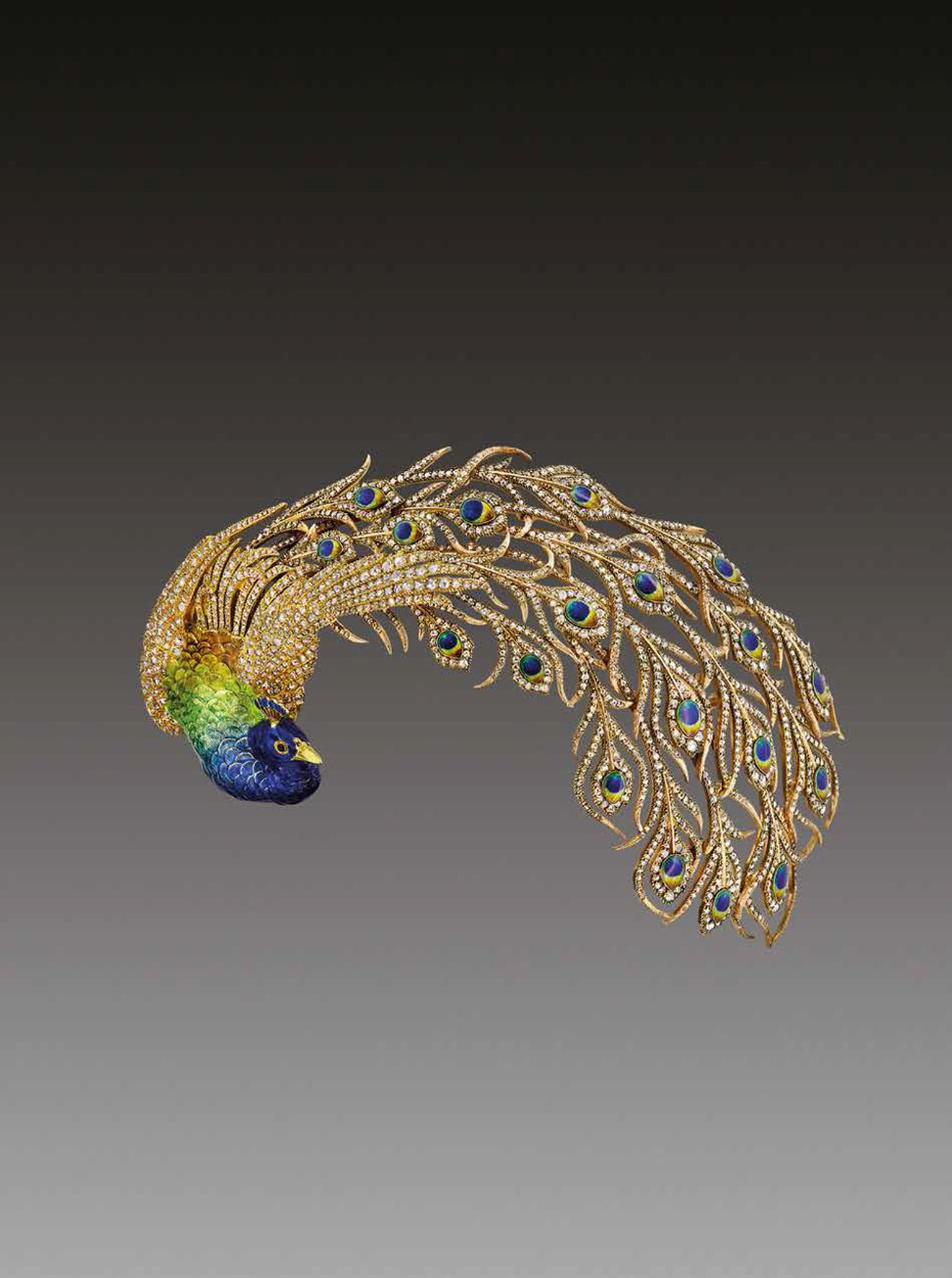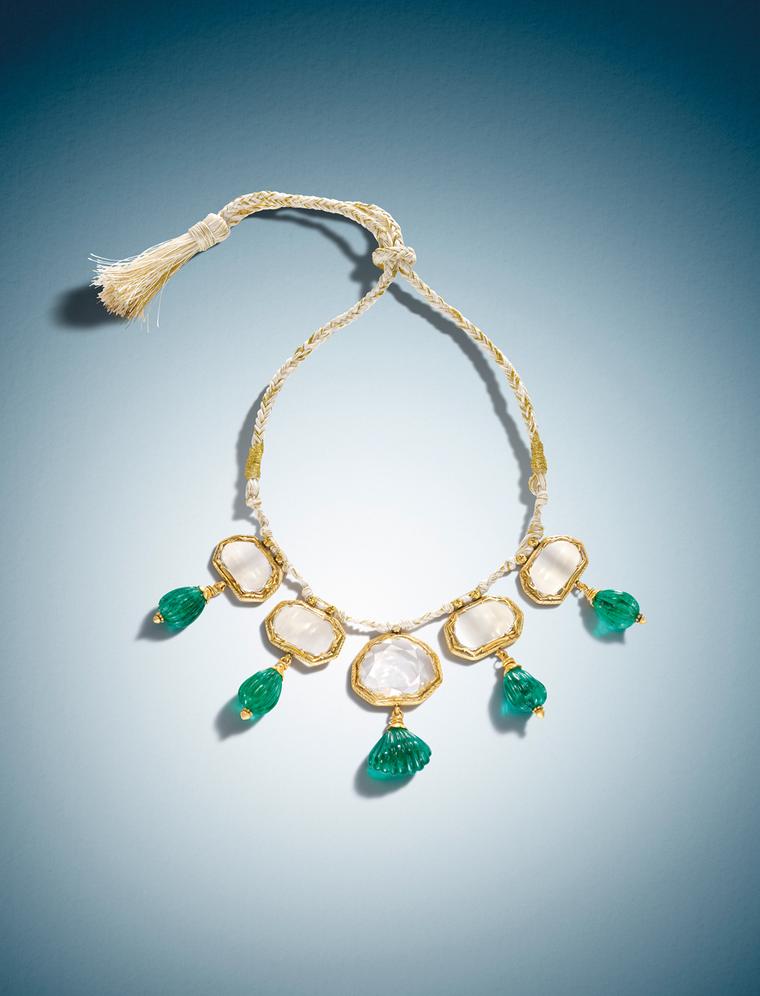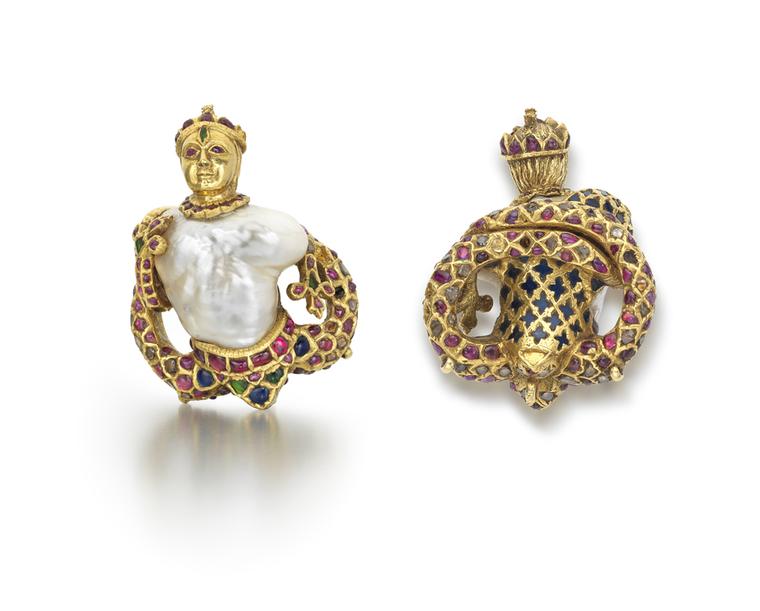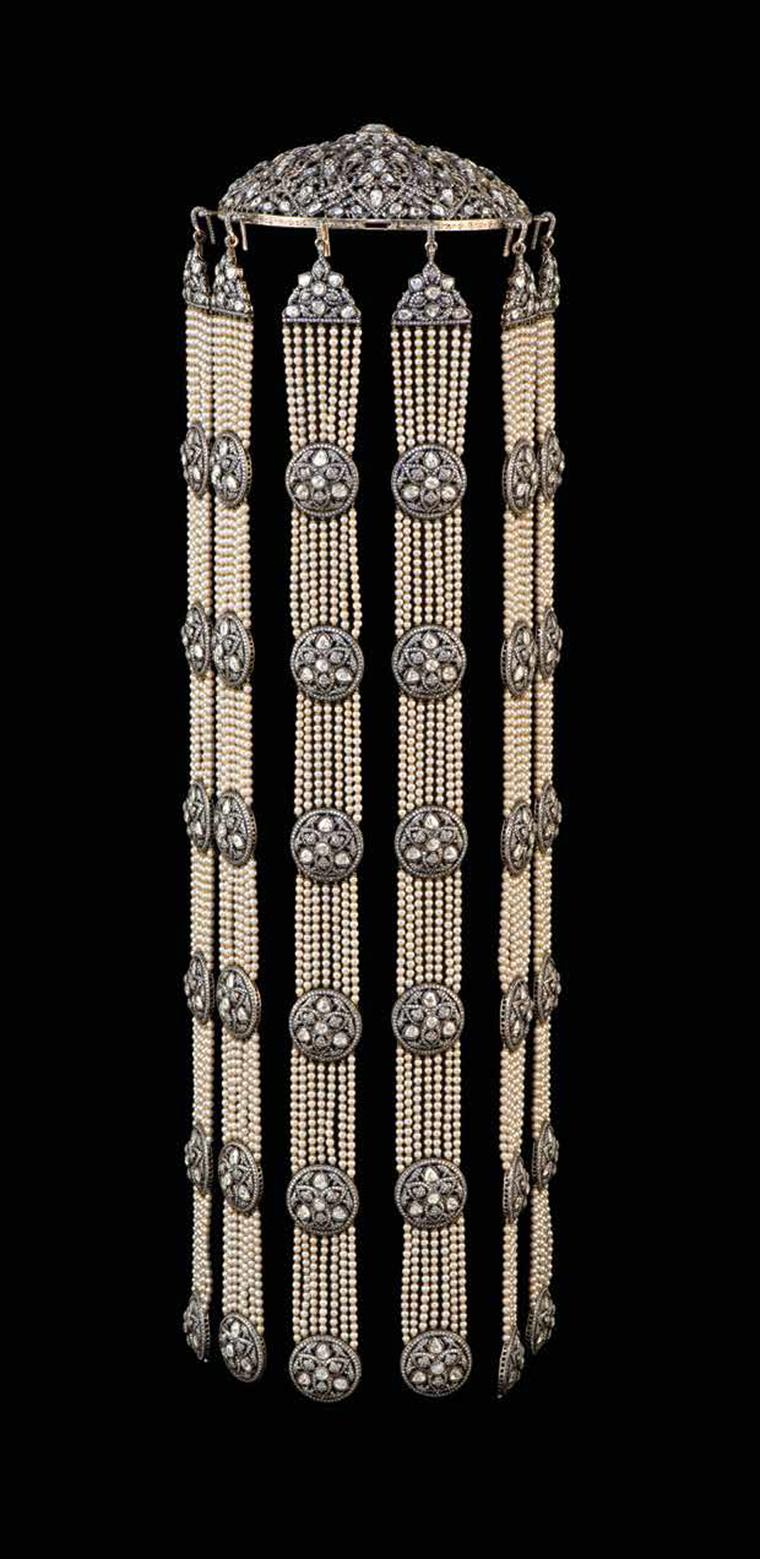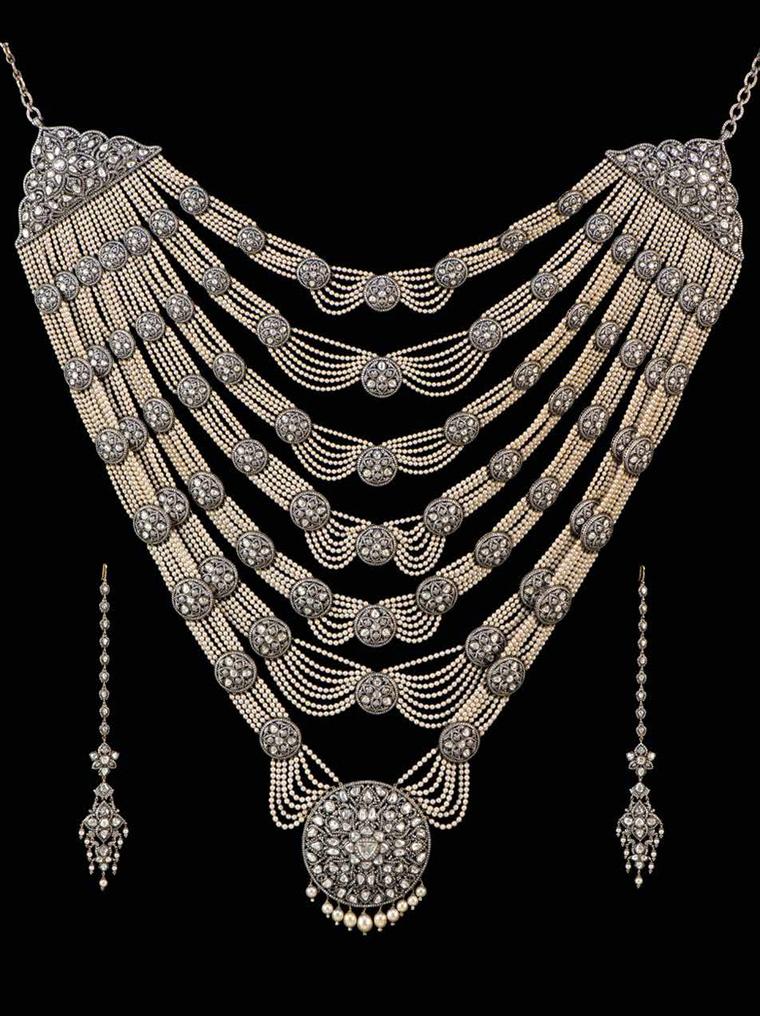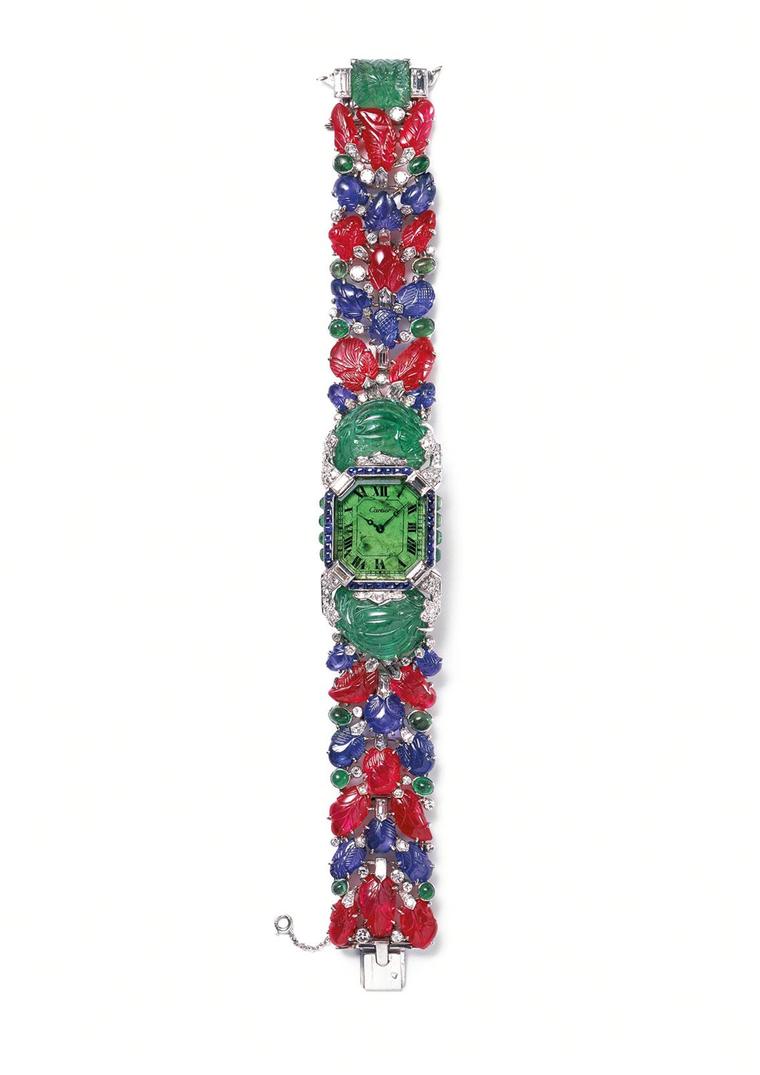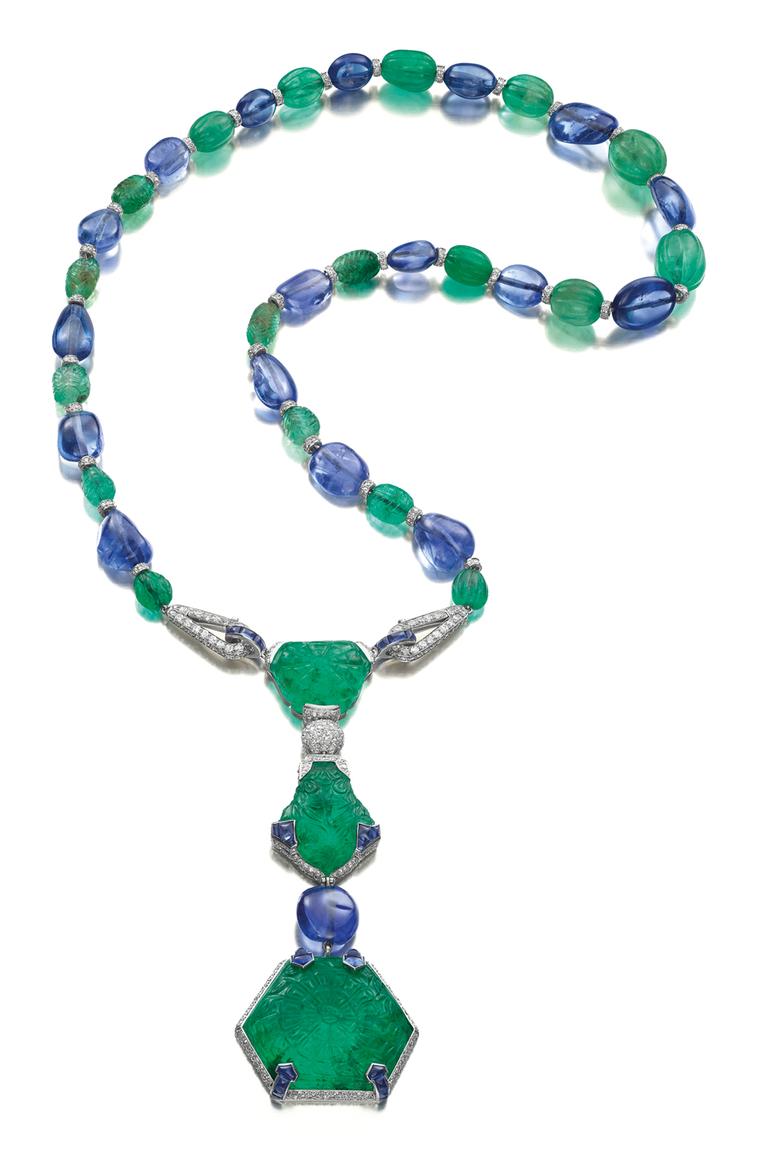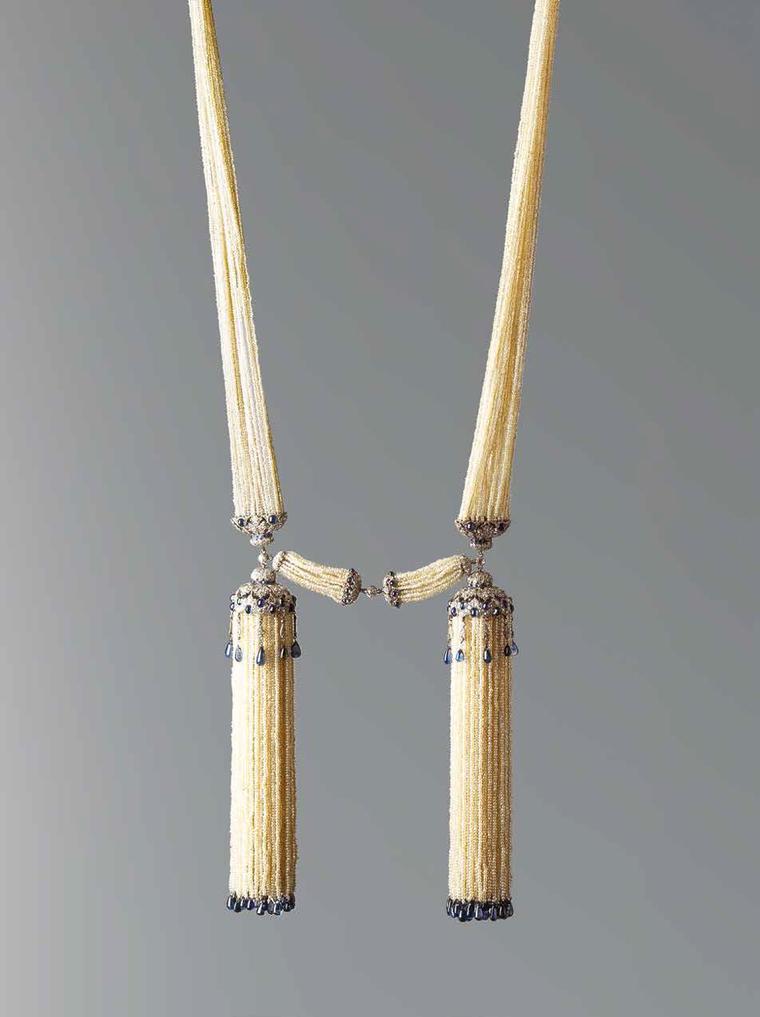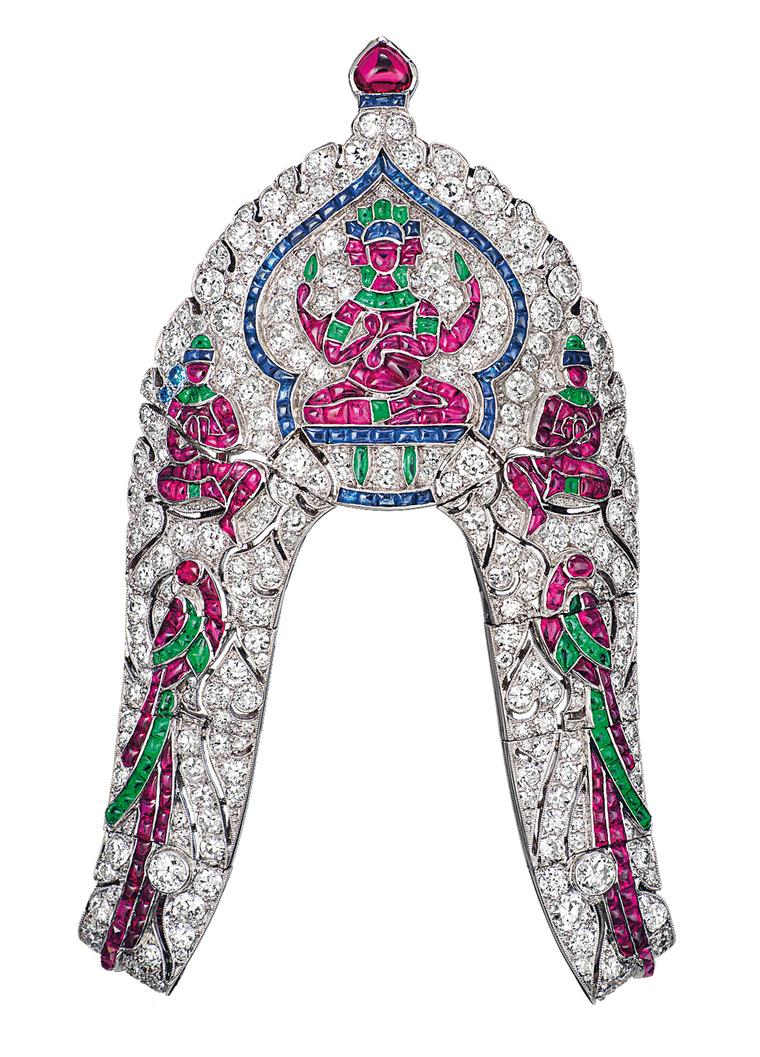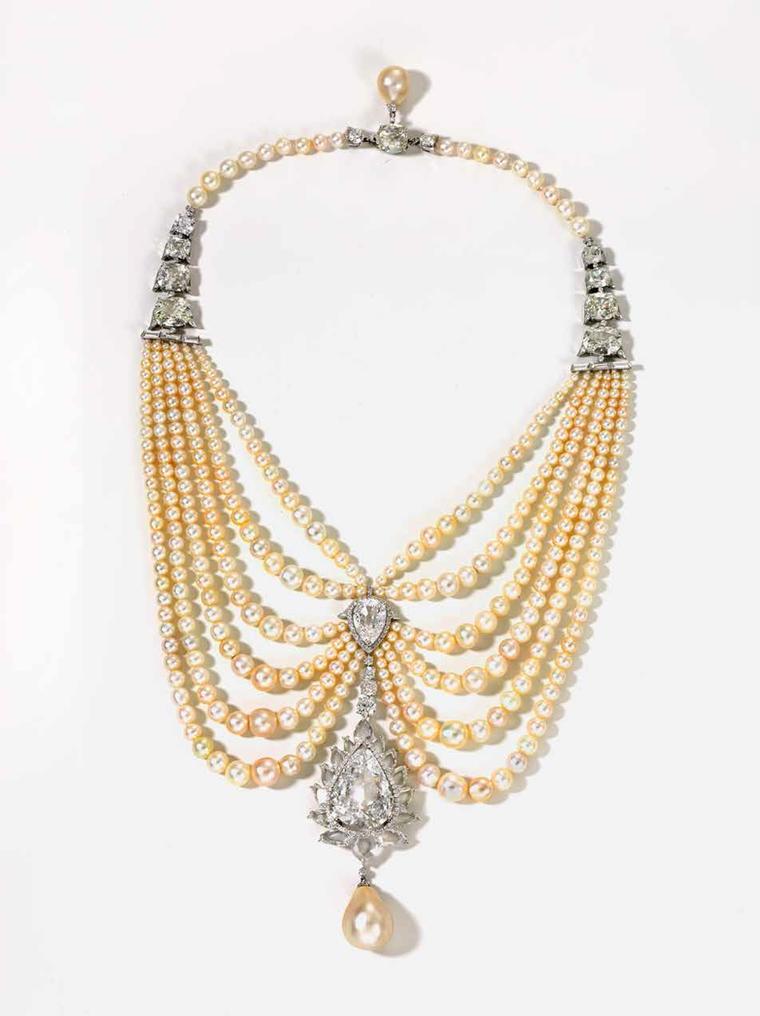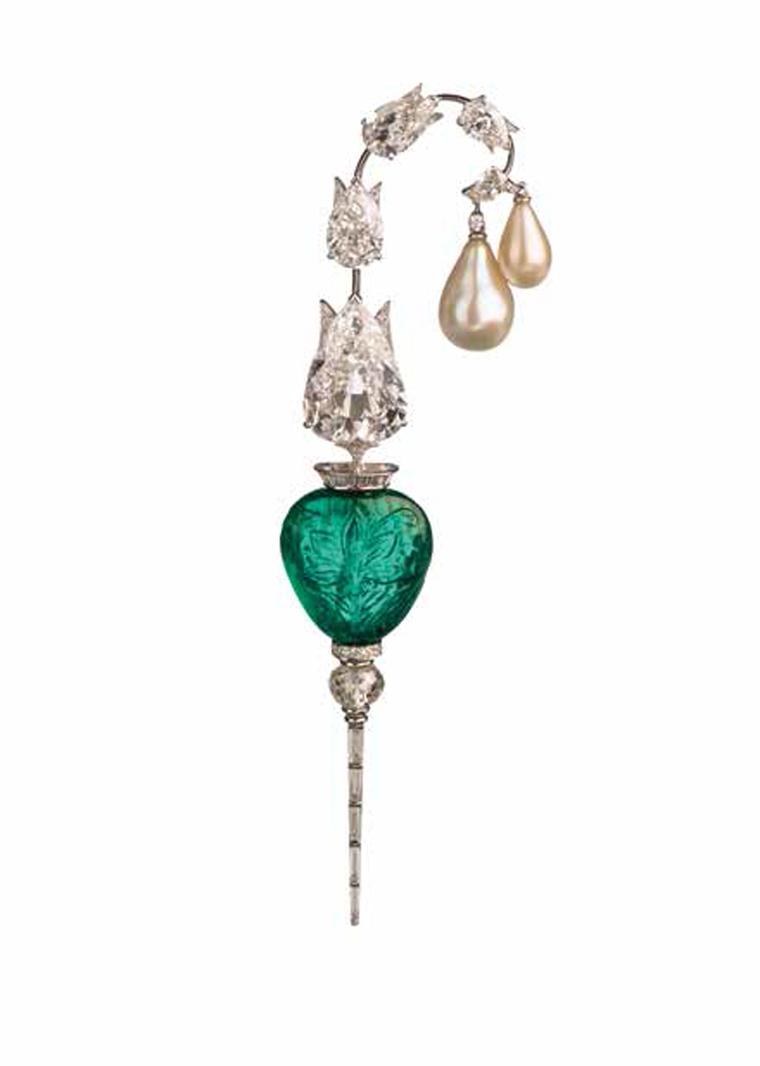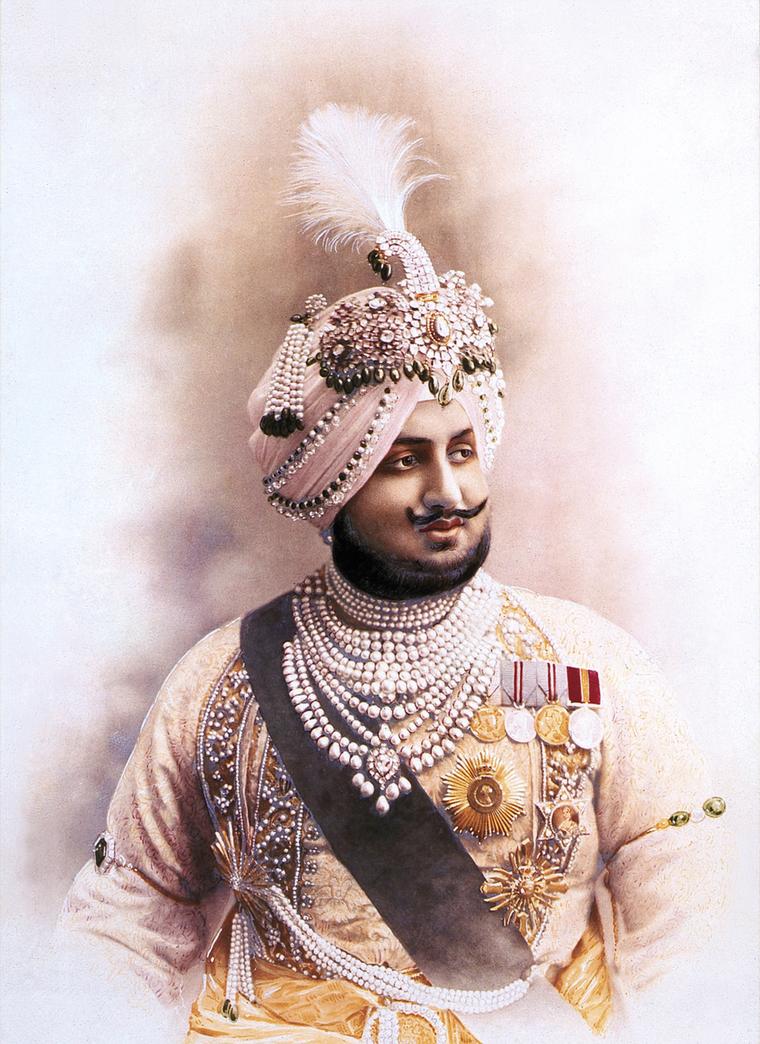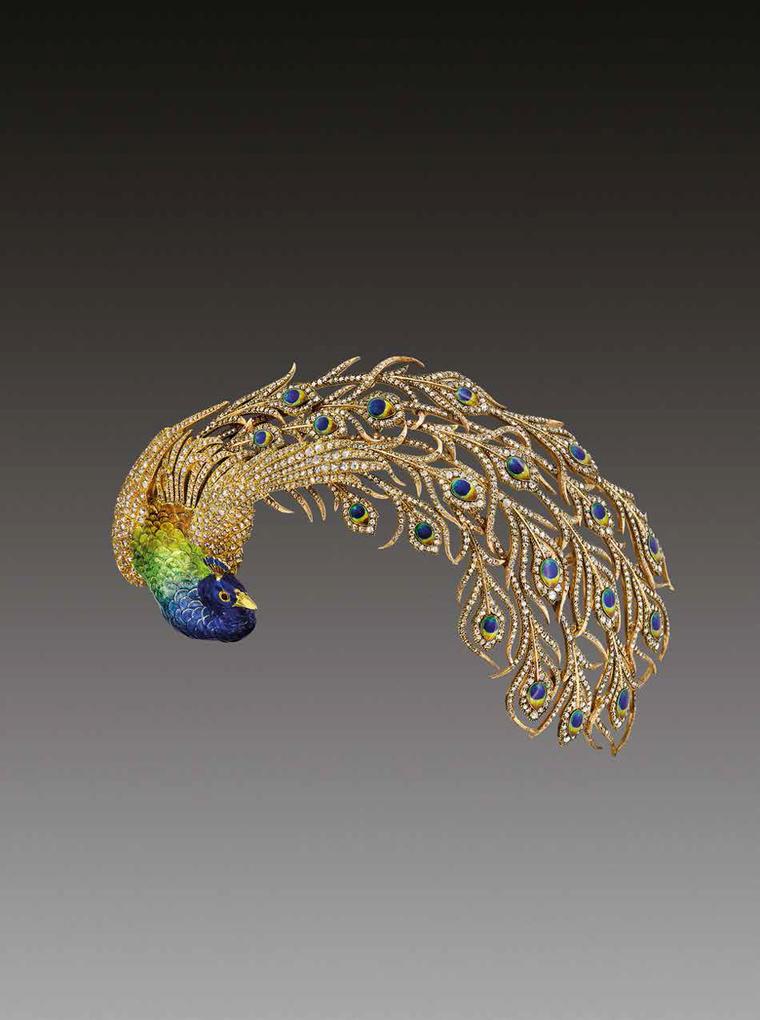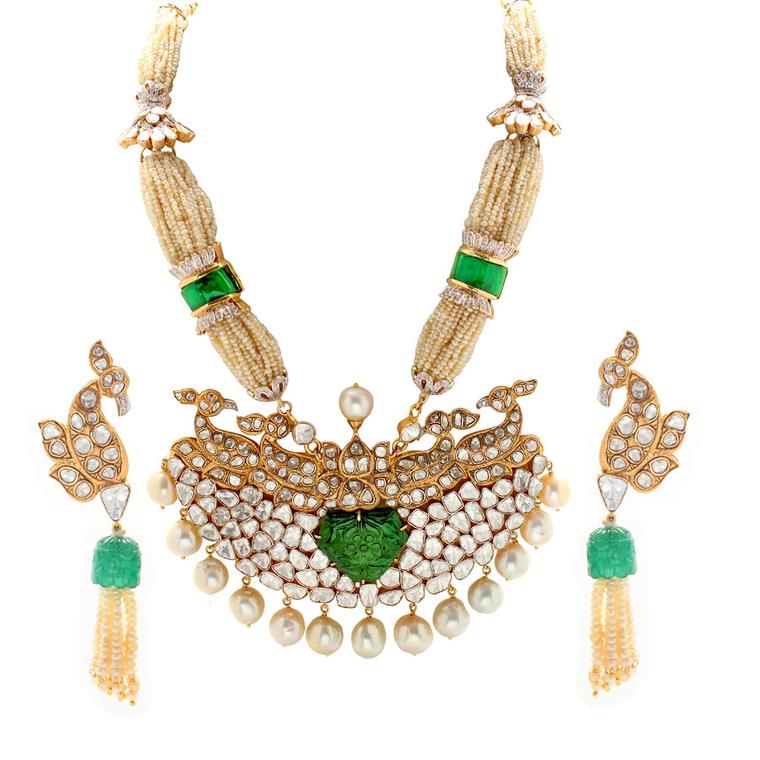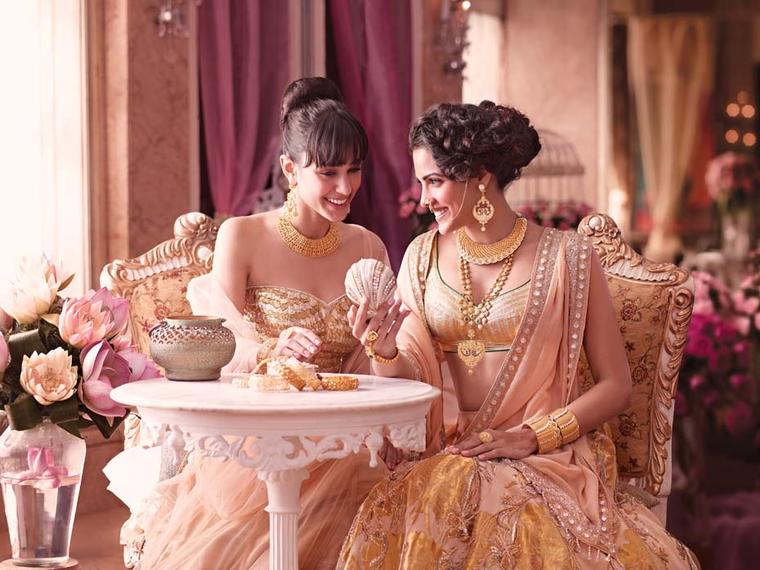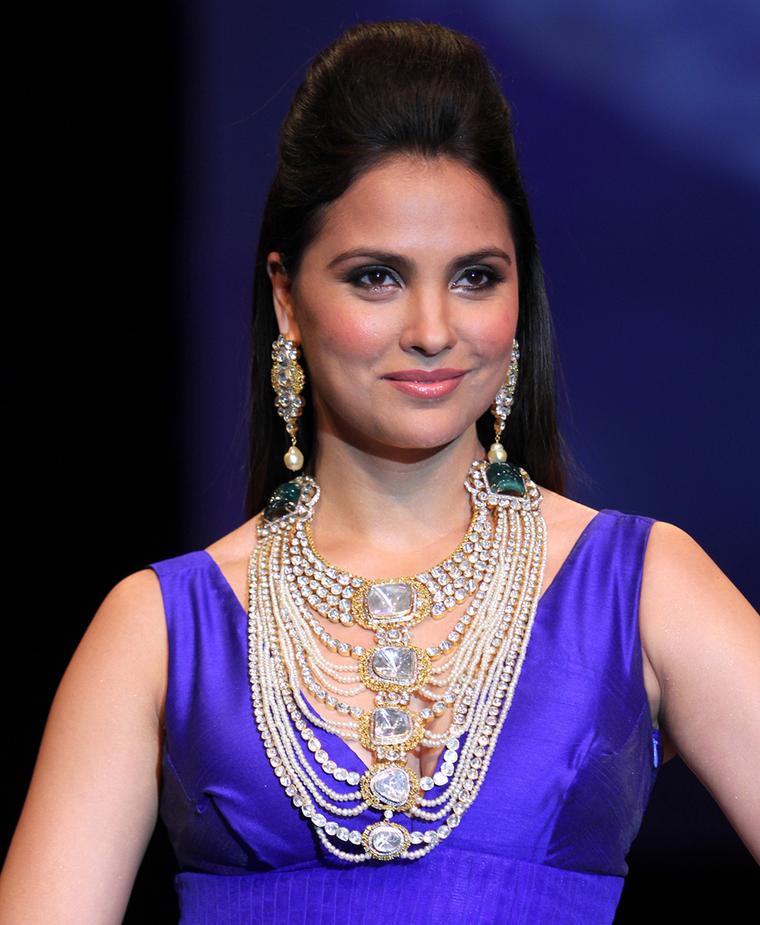A new exhibition celebrating five centuries of Indian jewellery opens at The State Museums of Moscow Kremlin next month.
Billed as "the most comprehensive exhibition of Indian jewellery ever staged", 'India: Jewels that Enchanted the World' will bring together more than 300 pieces of awe-inspiring jewellery and precious objects.
Running from 12 April to 27 July 2014, the exhibits - many of which have never been seen before - are on loan from more than 30 museums, institutions and private collections around the world, including the British Museum and the Victoria & Albert museum, as well as jewellery houses such as Cartier, Chaumet, Mauboussin and Van Cleef & Arpels.
Showcasing the very best of Indian craftsmanship and gem setting, the exhibition is a collaboration between The State Museums of Moscow Kremlin and the Indio-Russian Jewellery Foundation, set up by diamond and jewellery connoisseur Alex Popov.
Visitors are taken on a journey from the 17th century to the present day, via a tapestry of fairy tales and stories of royal rivalries and intrigue, all set against a backdrop of exquisite jewels.
Spread over two halls, the jewels are displayed in sections according to regions and time periods as well as typology and sources of inspiration.
The first hall celebrates the jewellery tradition of South India, with monumental handcrafted pieces in gold, decorated with intricate flowers, dancing peacocks and sparkling gems.
Another section is devoted to the Mughals, who used spectacular gems and jewels to flaunt their Imperial power. Their artistic sensibilities and design talent are illustrated by a series of impressive pieces, including armbands set with diamonds and enamelled bangles decorated with animal heads.
The five gems most commonly used in Indian jewellery - diamonds, emeralds, rubies, sapphires, and pearls - are highlighted in a separate section, which also features the elaborate gem-set jewels created for the Nizams of Hyderabad.
The second hall focusses on the symbiosis between the European jewellery houses and India in the late 19th and early 20th centuries, when the likes of Chaumet, Van Cleef & Arpels and Cartier all turned to India for precious stones and inspiration. Standout pieces include a turban clip set with diamonds, rubies, sapphires and emeralds by Van Cleef & Arpels, as well as a beautiful Mughal necklace created by Cartier in the 1920s.
Fittingly, the exhibition concludes with a jewel created by one of India's most celebrated high jewellers, Bhagat. Contemporary design and ancient traditions neatly collide in Bhagat's 'piece de resistance': the spectacular Kalgi brooch. Inspired by the classical Mughal turban jewel, it features an antique heart-shaped emerald carved with a lily flower in full bloom, surrounded by diamond lotus flower buds and a stem set with baguette diamonds.


